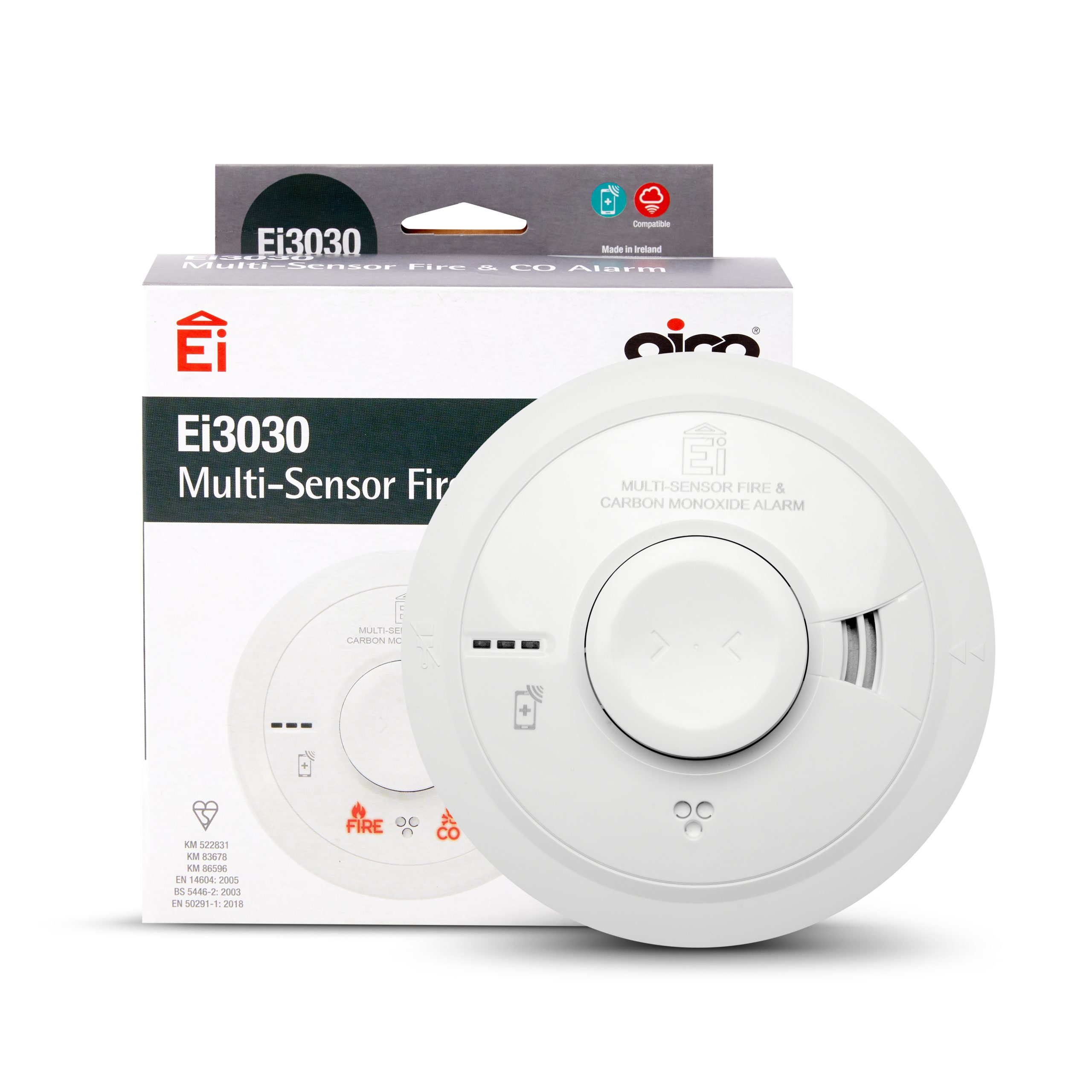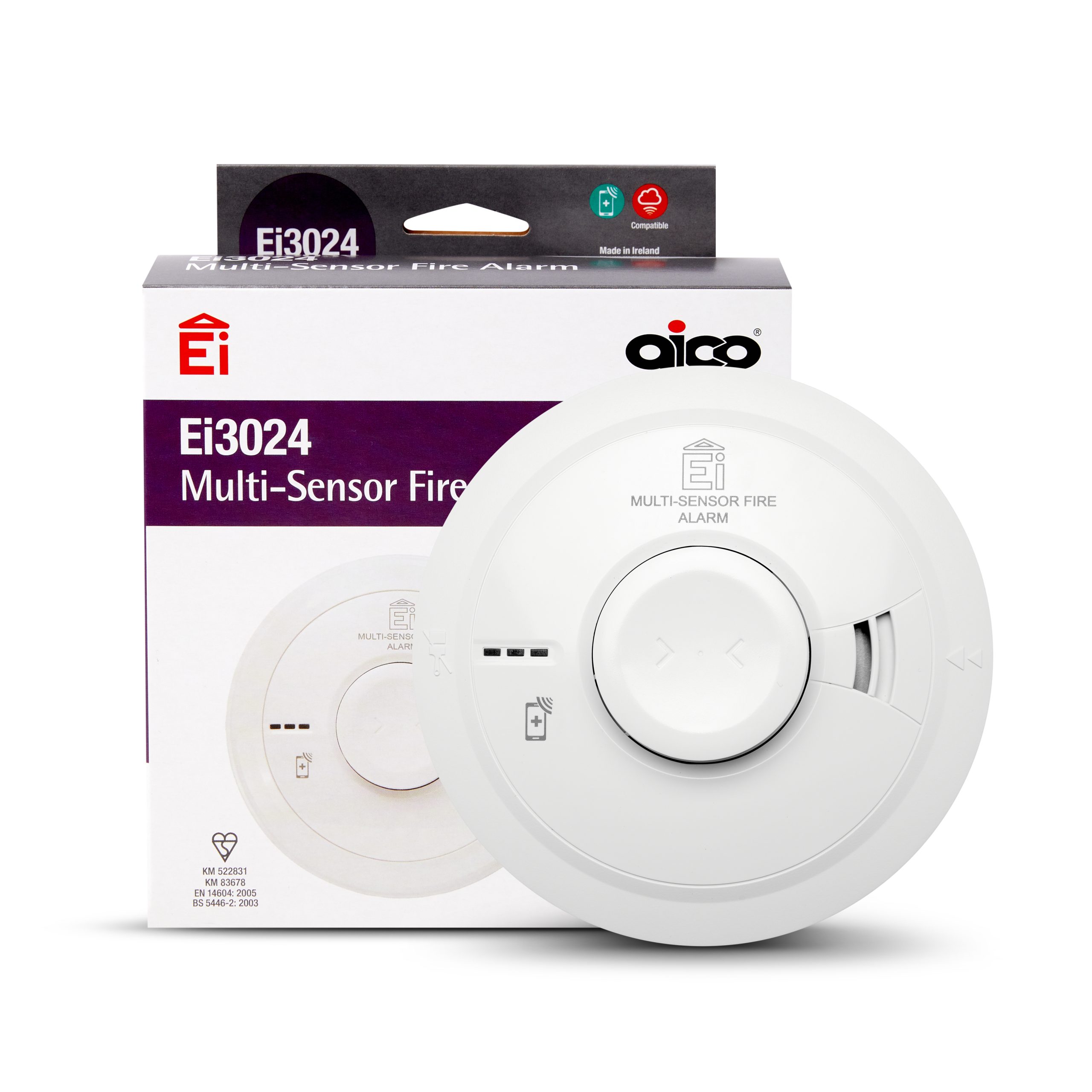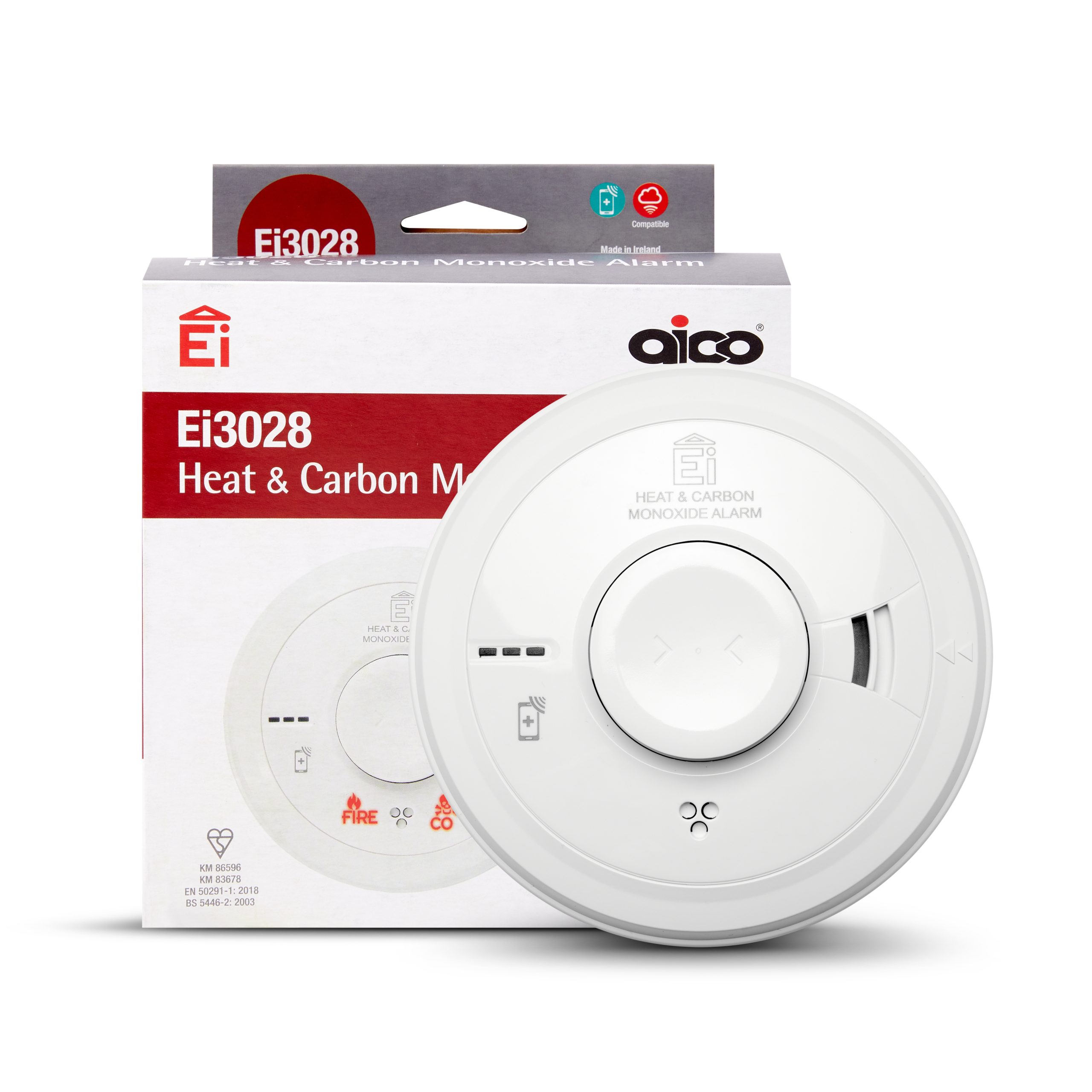HomeLINK Analytics, Part 2: Insights for property maintenance and indoor environment


Posted On:
23rd February 2021
This is the second part of a blog looking at the ‘Insights’ that HomeLINK have developed to deliver actionable proposals to improve the integrity of your portfolio and the wellbeing of your residents. You can find the first part which looks at our Cold Home Insight, Fuel Poverty Indicator and Thermal Performance Insight here. In this part, we’re focusing on the Condensation and Mould Risk Indicator and Indoor Air Quality Insight.
1. Condensation and Mould Risk Indicator
Coughing, rashes and trouble breathing are some of the symptoms associated with being exposed to mould spores in the home. A link has even been made between mental health and household mould. A key to improving the wellbeing of residents and their families is therefore reducing the risk of mould in a property.
As mould requires specific conditions to manifest and spread, HomeLINK identifies the risk level of a property developing mould by monitoring temperature and humidity levels (primarily). If our machine learning algorithm identifies a pattern in the data associated to high risk of mould growth, an alert is raised to make the resident and landlord aware. Root causes of risks can also be identified by looking at the data. For example, it may be structural, the resident is drying washing indoors or not utilising ventilation systems in the bathroom: by increasing ventilation, the resident has the ability to reduce the mould risk, empowering them to improve their own living conditions.
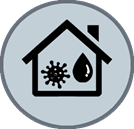
According to a report by the Building Research Establishment (‘BRE’), dampness in homes classified as HHSRS Category 1 Hazards costs the NHS over £15.5 million per year and, as damp is one of the 29 hazards listed in the Homes (Fitness for Human Habitation) Act 2018, housing providers are facing more court cases over disrepair claims than ever before.
At Aico’s Smarter Homes, Safer Communities event, Iain Wightwick, an author and barrister who specialises in social housing and tenant litigation, made it clear that getting this kind of data from a property is game changing if a disrepair claim goes to court:
“…if these [IoT sensors] can be put in pre-emptively – in other words, now – then they’ll pick up the defects; landlords will know what works to do; do the works and then be able to show improvements.”
2. Indoor Air Quality Insight
The attention on Indoor air quality (‘IAQ’) has grown rapidly in recent years, and for several good reasons:
- The push for improving thermal performance of homes has led to homes being more airtight. Without the natural ventilation that ‘draughts provided, the level of pollutants in homes is now much higher.
- Covid-19 has impacted many aspects of our day-to-day life, and its transmissibility in indoor environments has become an important part of the discussion, putting it in to IAQ territory.
- We each exhale around 500 litres of CO2 per day. Combine this with people spending much more time at home over the last 12 months due to the pandemic and it is easy to understand how CO2 levels may become very high – this can cause headaches and fatigue and, at higher concentrations, nausea, dizziness, and vomiting.
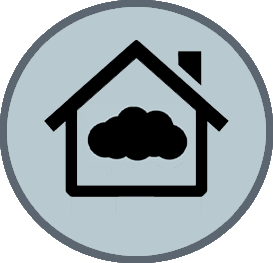
Organisations across the UK are warning of the consequences of poor IAQ and are producing guidance on reducing it. For example:
The National Institute for Health and Care Excellence (‘NICE’) have released guidance on Indoor Air Quality at Home (NICE Guideline NG149), raising awareness of the effects of poor indoor air quality and how it should be prevented or reduced.
The Royal College of Paediatrics and Child Health (‘RCPCH’) and the Royal College of Physicians (‘RCP’) have collaborated on ‘The Inside Story’, which recommends that a process should be established for people in rented and social housing to report indoor air quality problems and provide assistance for necessary improvements.
The Scottish Government have made the monitoring of CO2 mandatory for new build properties in order to make residents more aware of the air quality with their home.
Carbon dioxide doesn’t only have a negative impact on health but is also considered to be a good ‘proxy’ for lots of other pollutants. That is to say that as the concentration of CO2 rises in a room, it is typically a good indication that there will also be a higher level of other pollutants in the room. HomeLINK devices equipped with this sensor can provide landlords, and crucially residents, information about both ventilation effectiveness and indoor air quality levels.
As Professor Tim Sharpe, who is a member of SAGE and contributed to all three of the items I have referenced above, explained to me:
“The home environment is one of the most important determinants of people’s health. Maintaining good Indoor Air Quality is vital, but most harmful pollutants cannot be detected by people. However, carbon dioxide (CO2) exhaled by people is a useful tool. Although not a pollutant itself, it ‘keeps bad company’ so sensors that show CO2 levels can help to show whether spaces are being well-ventilated.”
By monitoring this, we can therefore inform residents of poor IAQ and recommend that they increase ventilation to reduce it – this may be recommending specific times of day when opening a window would have the biggest impact. It may also help landlords identify where a building requires additional mechanical ventilation.
These are the insights and indications that are available right now from the HomeLINK platform. Our data science team are constantly developing new, innovative insights, working with industry and academic experts on how the data we collect can provide value to both landlords and residents.
by Jordan Toulson, Product Manager at HomeLINK

Jordan is a self-confessed geek and can often be found roaming the countryside with his dog, Pippa.
